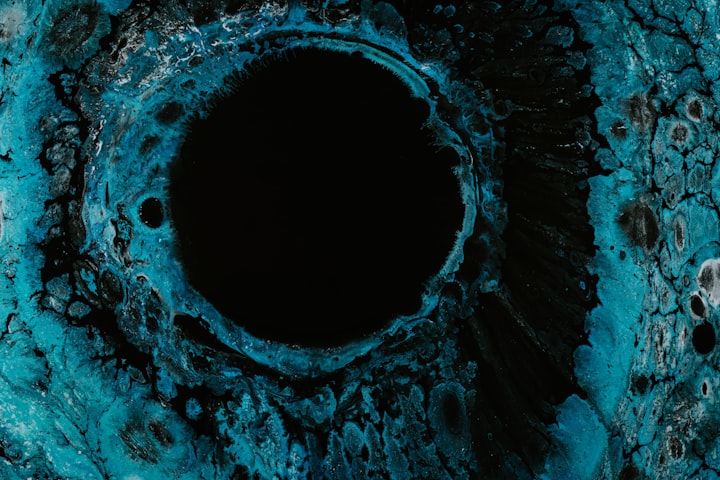Black Hole
What is Black Hole, Supermassive Black Hole

What is Black Hole:
A black hole is a region in space with an extremely strong gravitational field that no matter or radiation can escape from it. Black holes are formed when massive stars collapse under the force of their own gravity, becoming so dense that they create a singularity, a point of infinite density and zero volume at the center of the black hole. The boundary around the black hole, beyond which nothing can escape, is called the event horizon. Black holes are fascinating objects that have a strong influence on the surrounding space and can affect the motion of nearby stars and planets. They are still a topic of active research and hold many mysteries that scientists are trying to understand.
Supermassive Black Holes
Supermassive black holes are a type of black hole that has a mass millions or billions of times larger than that of the sun. They are found at the centers of most galaxies, including our own Milky Way galaxy. The exact mechanism by which supermassive black holes form and grow is not yet fully understood, but it is thought that they may begin as smaller black holes that merge and accrete matter from their surroundings, gradually growing in size.
The presence of a supermassive black hole can have a significant impact on the surrounding galaxy, as its powerful gravitational field can influence the motion of stars and gas clouds. For example, supermassive black holes can cause stars to orbit around them at high speeds, and can even distort the shapes of galaxies through tidal forces. Supermassive black holes also emit radiation as they accrete matter, making them detectable by telescopes even though they are invisible to the naked eye. Studying supermassive black holes is an important area of research, as they play a key role in shaping the evolution of galaxies and the universe as a whole.
Impact of Black Hole
Black holes can have a significant impact on their surrounding environment, influencing the motion of nearby matter and emitting radiation that can be detected by telescopes. Here are some of the ways in which black holes can impact their surroundings:
Accretion
Gravity
Tidal Forces
Jet Formation
Accretion: Black holes can accrete matter from their surroundings, which can heat up and emit radiation as it falls towards the event horizon. This process is thought to produce some of the most energetic phenomena in the universe, such as quasars and active galactic nuclei.
Gravity: The strong gravitational field of a black hole can influence the motion of nearby stars and gas clouds. For example, black holes can cause stars to orbit around them at high speeds, or even be ejected from their host galaxies.
Tidal Forces: As matter gets close to a black hole, it can be subjected to intense tidal forces that can distort and shred it apart. This process is known as spaghettification and can occur when a star gets too close to a black hole.
Jet Formation: Some black holes, particularly those with accretion disks, can produce powerful jets of matter that shoot out from the poles of the black hole at high speeds. These jets can travel vast distances and impact the surrounding environment.
Overall, black holes are fascinating objects that have a significant impact on their surroundings. Studying black holes is an important area of research that can help us understand the nature of gravity, the evolution of galaxies, and the universe as a whole.





Comments
There are no comments for this story
Be the first to respond and start the conversation.